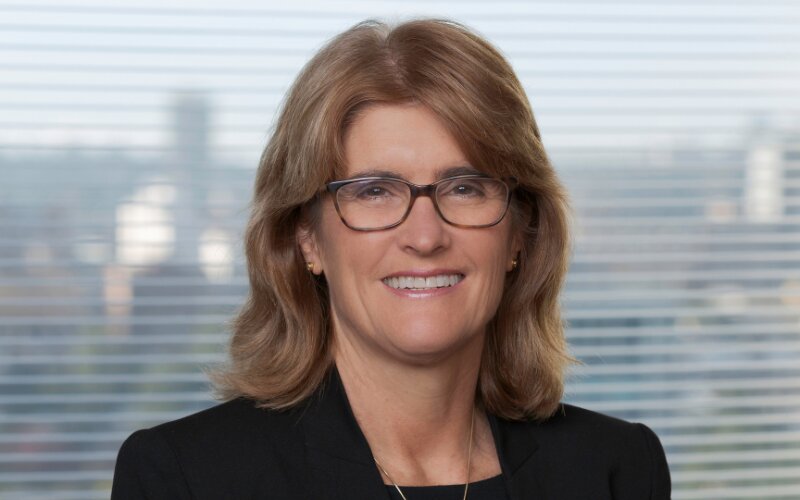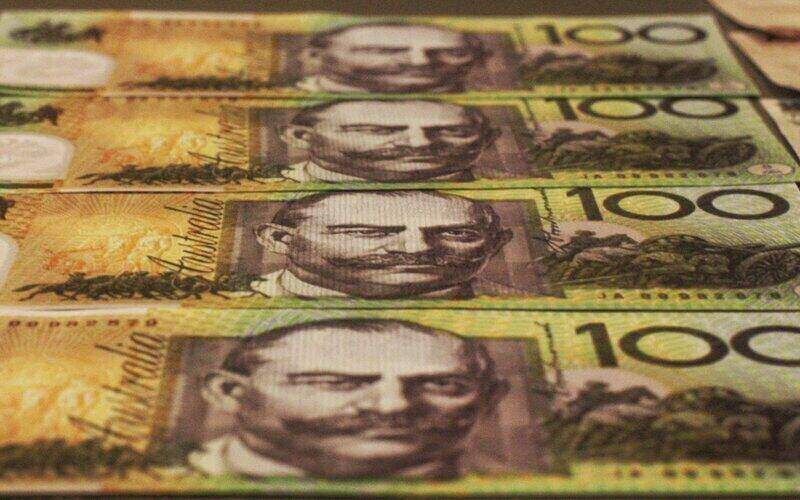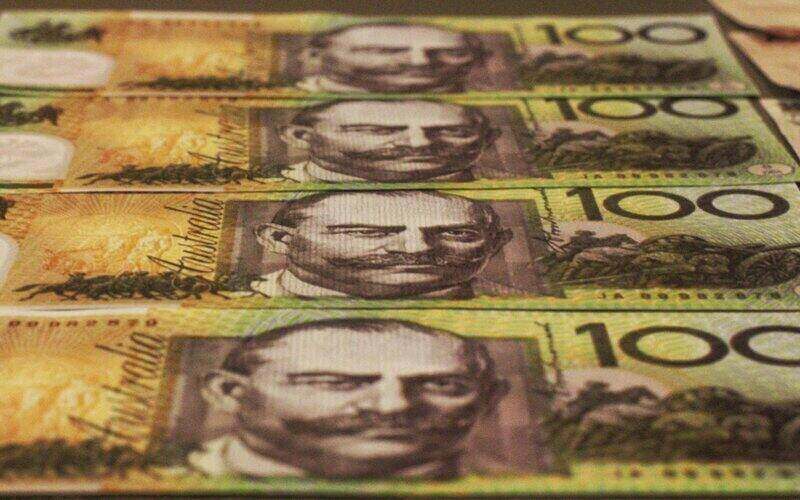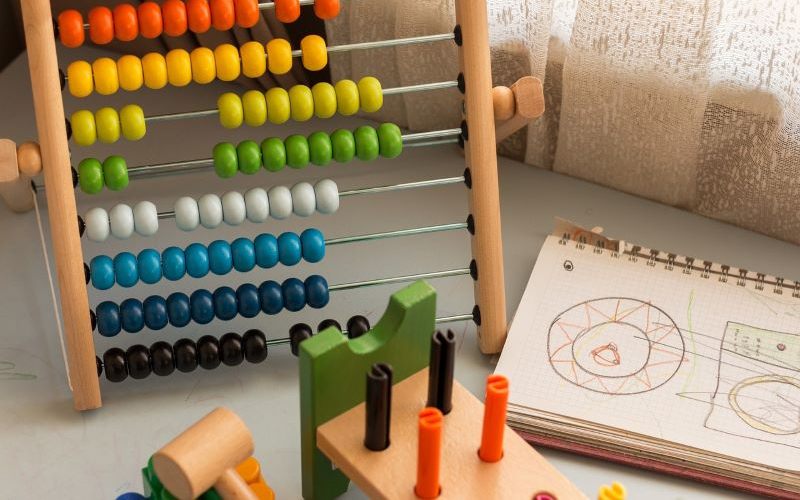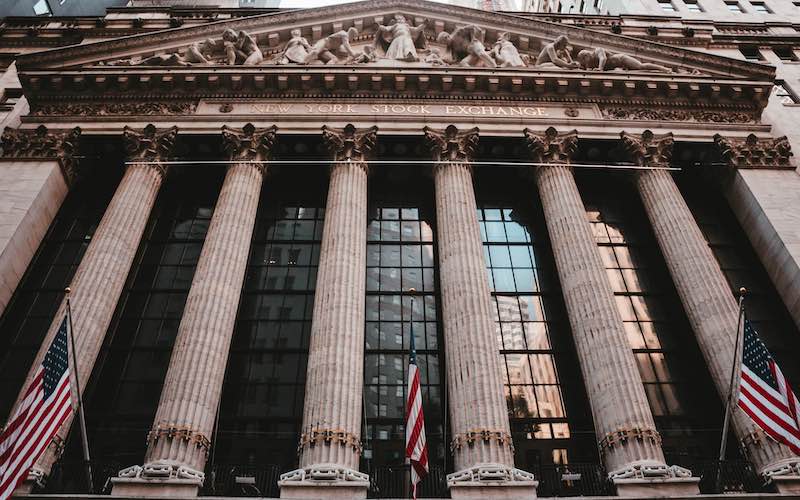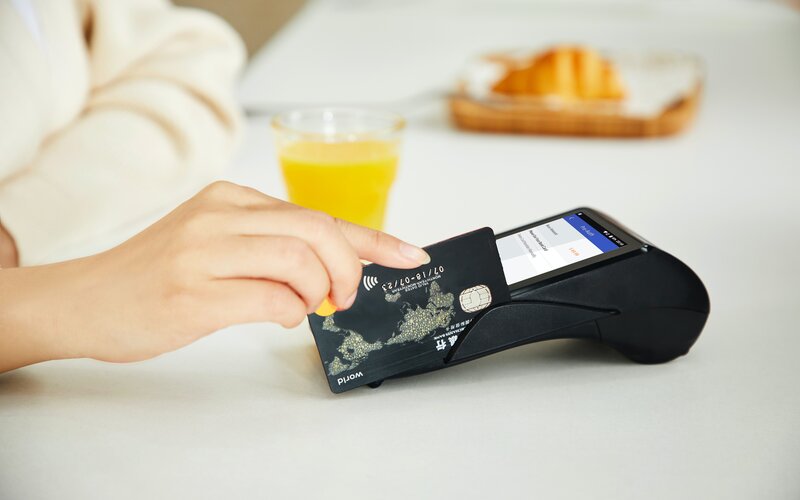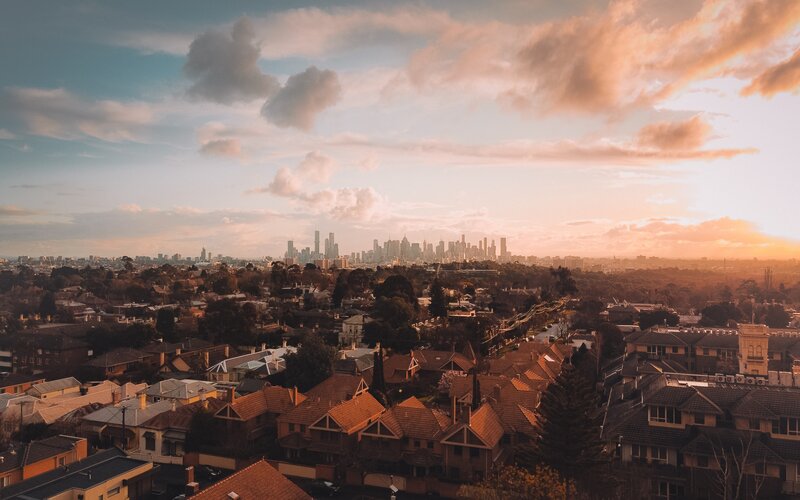Overall prices in Australia increased 0.7% from April to the end of June, up 2.1% from June 2024.
That's lower than all of the big four banks predicted, although in line with RBA forecasts in May.
Underlying inflation, also called trimmed mean inflation, excluding goods and services with volatile prices like food and typically considered more significant by the RBA, was 0.6% through the quarter and 2.7% annually.
That's within the target 2-3% range, and after 2.9% growth from March '24 to '25, shows underlying inflation continues to edge towards 2.5%, the long term goal.
Australia now has both a lower cash rate and inflation rate than the UK (4.25% and 3.6%) and the US (between 4.25 and 4.5% and 2.7%).
Most economists agree the RBA now has all the justification it needs to cut the cash rate by at least 0.25% at the next monetary policy meeting, just under a fortnight away.
Grocery prices still going up
For many people food prices have been where inflation has been most notable over the past couple of years, and the food and non-alcoholic beverage group in the CPI rose another 1% in Q2.
That's down from 1.2% in Q1, but annually food prices are still 3% higher than in June 2024.
The cost of fruit and vegetables in particular rose significantly, up 4.3% from April to June on top of a 2.8% increase from January to March.
However, there are often non-economic factors that explain dramatic fluctuations in food prices.
For example, it was reported recently that all the major supermarkets have been experiencing broccoli shortages after the flooding in NSW and droughts in South Australia and Victoria.
There's also been national avocado shortages recently that have driven up prices - in February the Savings.com.au grocery price index showed the average cost in Coles or Woolworths for a five pack of avocados was up more than 80% annually.
Housing, health the other drivers
Another category of the CPI where prices haven't moderated much is the cost of housing.
Housing rose on average 1.2% through the quarter according to the ABS, while Cotality has found the average dwelling price rose 1.4% from April to June.
Domain Research recently found a "direct link" between property price growth in Sydney and Melbourne and cash rate cuts.
Healthcare was the other major driver of price growth in Q2, up 1.2%, mostly driven by a 2.3% increase in the cost of medical and hospital services.
This coincides with the annual increase in private health insurance premiums falling on 1 April.
Picture by Artem Beliaikin on Unsplash

Ready, Set, Buy!
Learn everything you need to know about buying property – from choosing the right property and home loan, to the purchasing process, tips to save money and more!
With bonus Q&A sheet and Crossword!



 Harrison Astbury
Harrison Astbury
 Harry O'Sullivan
Harry O'Sullivan